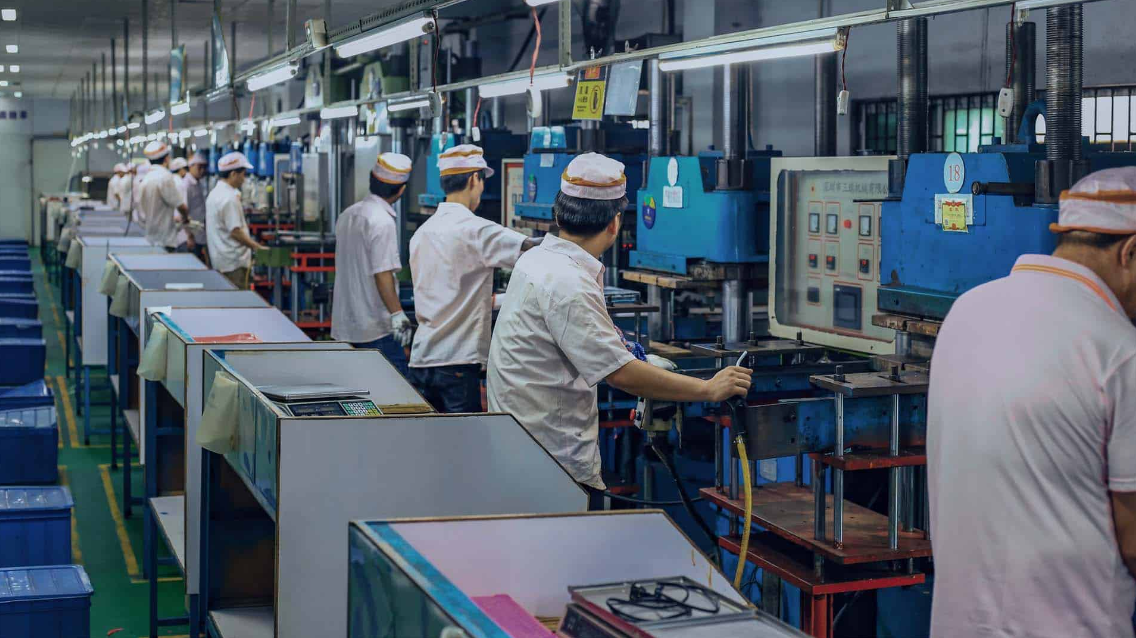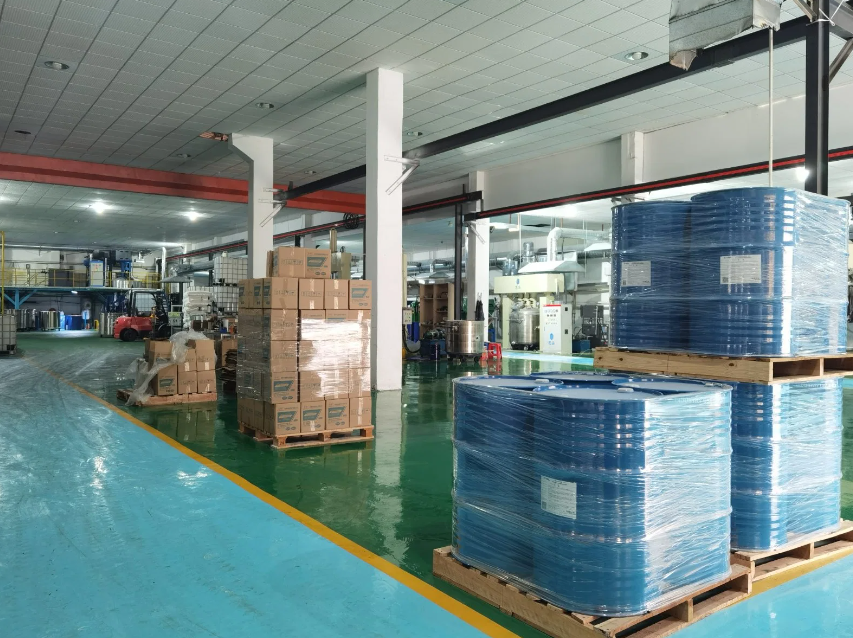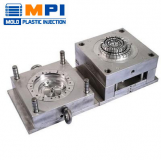Introduction
An overview of the bespoke silicone mold-making process and its uses will be given in this section. We will look at the advantages of using silicone molds and the different projects they may be used for.
Gathering Materials and Tools
It is imperative to assemble all the required supplies and equipment before beginning your personalized silicone mold-making quest. We will list the supplies you will need and describe each one’s role in the creation of a mold in this section.

Preparing the Model
You must first prepare the model or thing you wish to mimic before making the silicone mold. This section will walk you through choosing and getting ready your model so that it is prepared for the mold-making procedure.
Creating the Mold Box
During the pouring process, the silicone is contained in the mold box. In this section, we will show you how to build a mold box from easily accessible materials, giving your mold a safe and secure home.
Mixing and Pouring Silicone
The main component in creating a personalized silicone mold is the silicone mixture. Here, we will go through how to mix and pour silicone correctly to create a mold that does not have any bubbles.
Curing the Mold
The silicone needs time to cure and solidify once it has been poured. The curing procedure will be covered in this part, along with helpful advice on how to get the best results.
Demolding and Finishing
After the silicone mold has fully hardened, it is time to demold the item and apply any final touches that are required. This section will walk you through the demolding procedure and give tips to make sure the mold is tidy and appealing.
Troubleshooting Tips
This section offers troubleshooting advice and answers to typical issues in case you run into any difficulties when creating the mold. Potential issues like air bubbles, uneven curing, or mold tearing will be addressed.

Unique FAQs After the Conclusion
How do I add color to my silicone mold?
Your silicone mold may look better if you add color to it. To get the required hue, silicone pigments or dyes can be added during mixing. Make sure you adhere to the directions provided by the manufacturer for the specific pigment or dye you are using.
Can I make a flexible silicone mold?
Absolutely! Due to their famed flexibility, silicone molds make light work of demolding. You can make molds that are more flexible and suitable for complicated or delicate products by selecting a silicone product with a lower Shore hardness rating.
Can I make large silicone molds?
You may certainly create sizable silicone molds for bigger projects or products. To preserve their shape throughout the curing process, larger molds might need additional support or reinforcement, so keep that in mind. For simpler demolding, think about using mold-forming procedures like constructing a mold jacket or applying mold release agents.
Are silicone molds heat-resistant?
Since silicone molds often have strong heat resistance, they can be used for a variety of casting tasks, including those using resin or low-temperature metals. To be sure that your chosen silicone product can endure the temperatures involved in your project, it is crucial to evaluate the precise heat resistance properties of that product.
Can I make multi-piece silicone molds?
Yes, multiple-piece silicone molds are frequently employed when producing intricate designs or products. You can make molds that properly reproduce delicate details by segmenting the model into different pieces and making individual mold boxes for each area. To achieve accurate alignment and secure the various mold components together during the casting process, make sure to thoroughly arrange the mold assembly.
Conclusion
Making a bespoke silicone mold opens up a world of opportunities for recreating one-of-a-kind designs and things. You now have the information and resources necessary to start your mold-making adventure after carefully following the detailed instructions provided in this article. Do not forget to gather all the required supplies, get your model ready, carefully mix and pour the silicone, and give it enough time to cure. You will be able to create amazing molds that realize your imaginative vision with practice and inventiveness.

